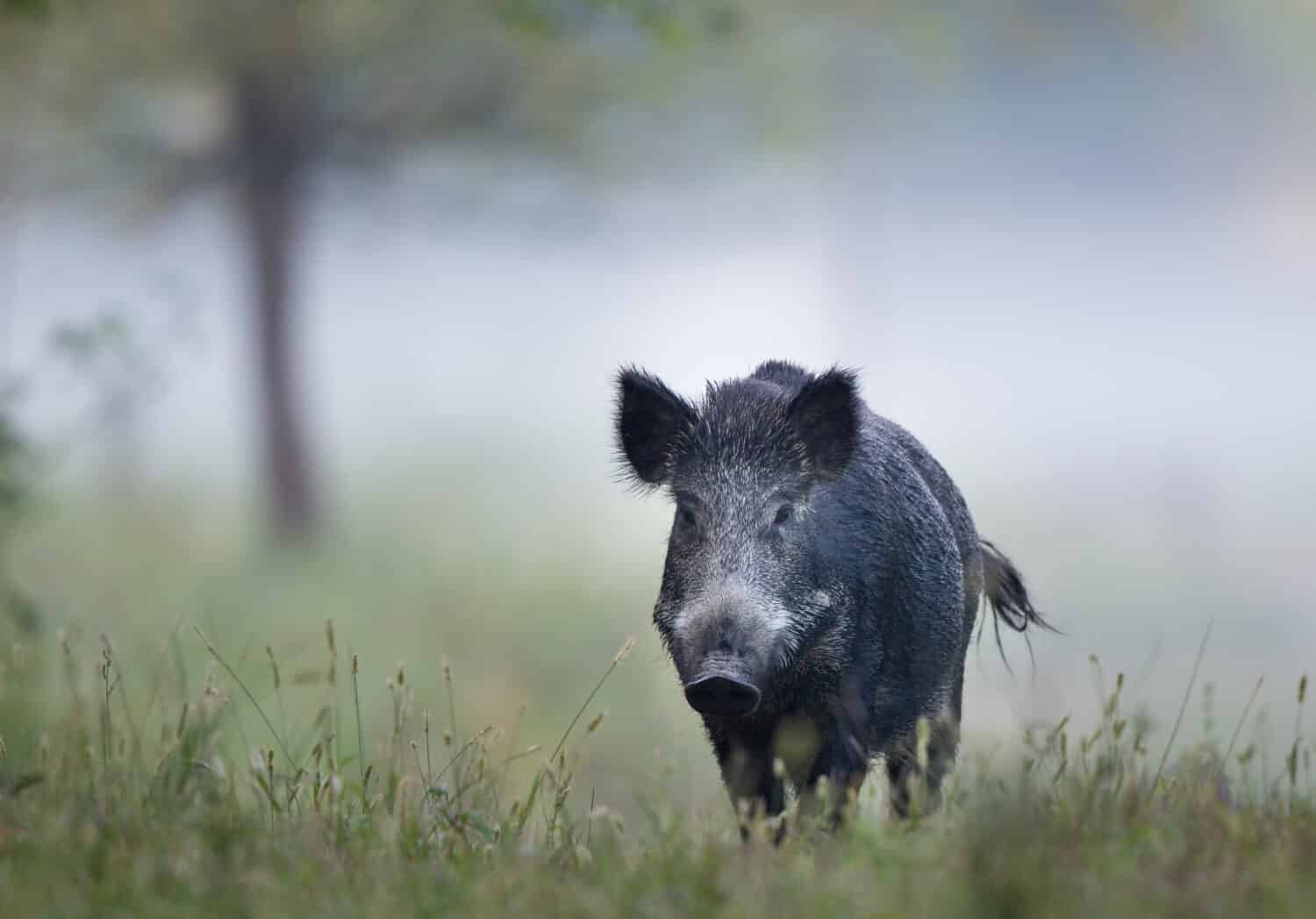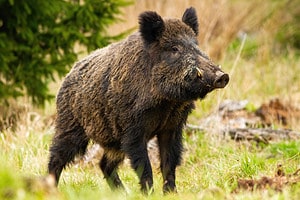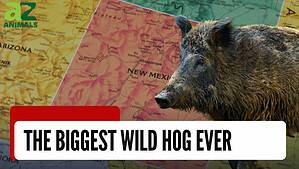It sounds like the things of nightmares or fictional horror movies. But radioactive boars are real and the damage they’re causing is widespread. Discover the nuclear wasteland overrun by radioactive boars!
What Is a Nuclear Wasteland?
A nuclear wasteland is an area that has been so damaged that by government standards, it’s considered extremely dangerous. Not just for wildlife but for human life as well. There are a number of things that contribute to hazardous materials. These wastelands could have been the result of nuclear accidents or even unauthorized disposal of nuclear waste. To determine the level of radiation, a reading must be taken of ionization radiation that can damage living organisms (specifically human cells).
If the exposure extends for long periods of time, it can lead to devastating health issues. This could manifest as genetic mutations or even cancer. Nuclear wastelands also have ecosystem consequences. If an area has tested positive, it is deemed unsafe, and nobody can live in or near it. However, sometimes plants and animals are affected.
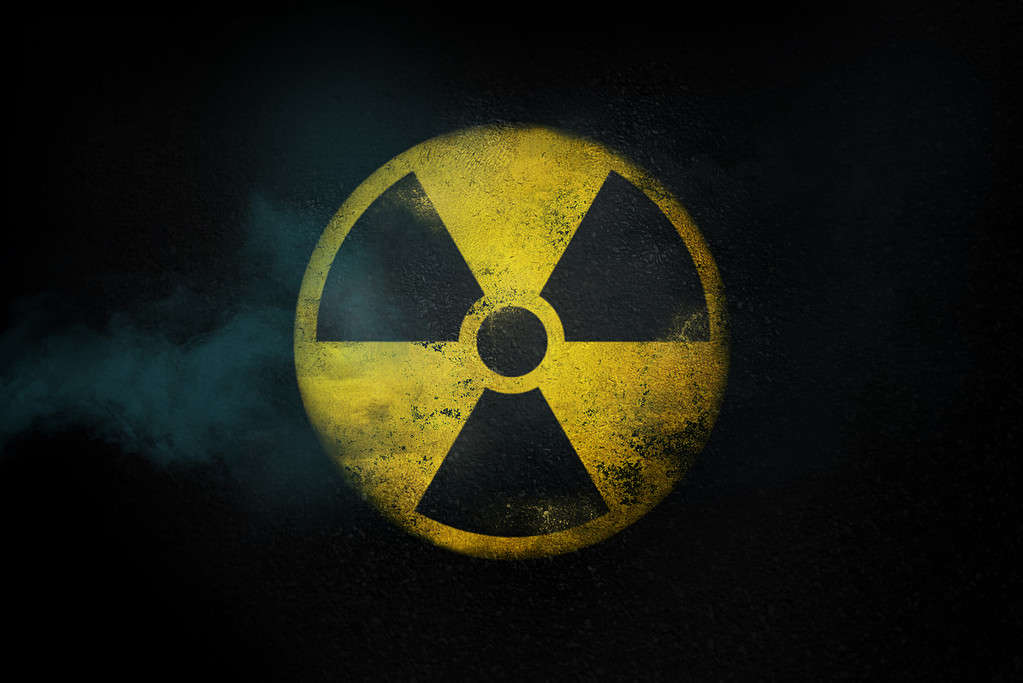
Nuclear wastelands are deemed much too dangerous for humans.
©fongfong2/iStock via Getty Images
Where Is the Overrun Wasteland Located?
Technically, Hiroshima in Japan is not considered a wasteland any longer. It is fully populated with the ruins exposed. However, it is the site where a tsunami destroyed a nuclear power plant. With so much damage left behind and the lack of people thriving in the area, the ideal conditions sprouted for wild boars to roam freely.
What Is a Radioactive Boar?
These are wild pigs that are running wild in Fukushima. These creatures have caused massive damage to the agricultural industry (about $15 million worth!). Testing the boars has revealed that they produce radiation levels 300 times higher than the acceptable amount for human consumption. Normally these wild creatures can be eaten but not these pieces of bacon! This is due to the high consumption of contaminated vegetation.
They would have to roam around for thirty years with different pastures and far enough to be cleared of the radiation. As of 2016, there were 13,000 boars thriving. Despite the contaminated vegetation they consume and the widespread attempts to cull them, they keep multiplying with ease. In 2014, there were only about 3,000. Within just a couple of years, they demonstrated just how prolifically they reproduce.
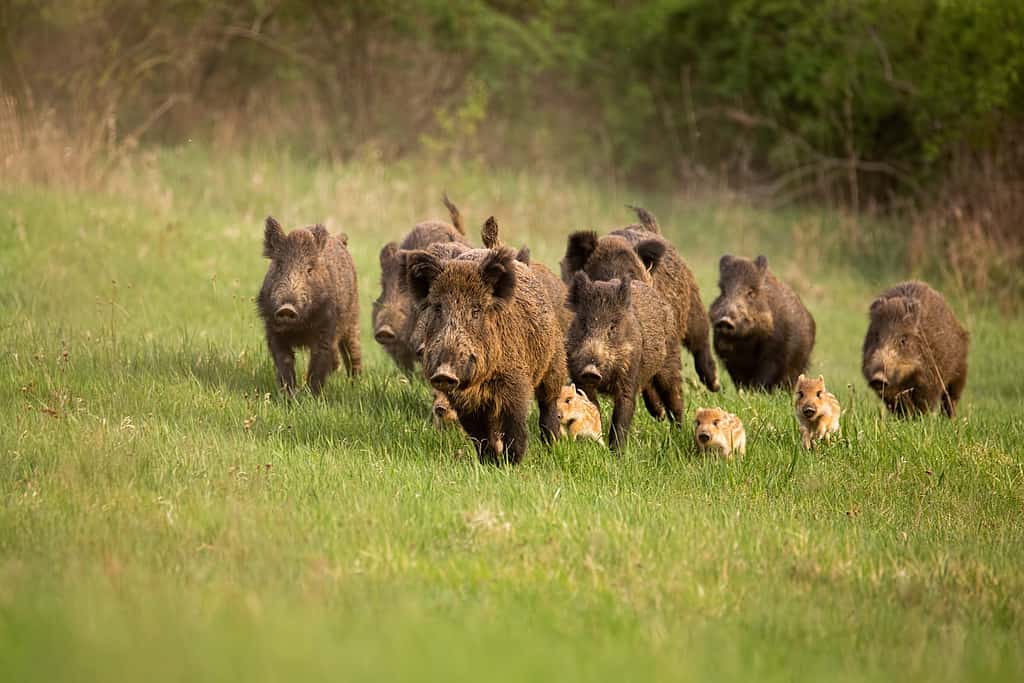
Wild boars cause massive damage to the agricultural industry.
©iStock.com/JMrocek
How Are Radioactive Boars Causing Damage?
Radioactive boars are causing damage in various ways. For example, when they target a certain farm, they forage for whatever they find. They leave the farms half-empty devouring just about everything they encounter. As a result, they cause millions worth of damage to farmland owners. They take over property.
But they also attack humans, which is highly dangerous considering how contaminated they are. It has been an uphill battle trying to clear the area of these radioactive boars, but they’ve cozied up in abandoned buildings. They don’t fear humans, which only exacerbates the issue of their multiplying presence. Despite this persisting issue, people have started moving back to these once-abandoned towns since 2018. Ultimately, humans are the only ones that can take the towns back.
Thank you for reading! Have some feedback for us? Contact the AZ Animals editorial team.

